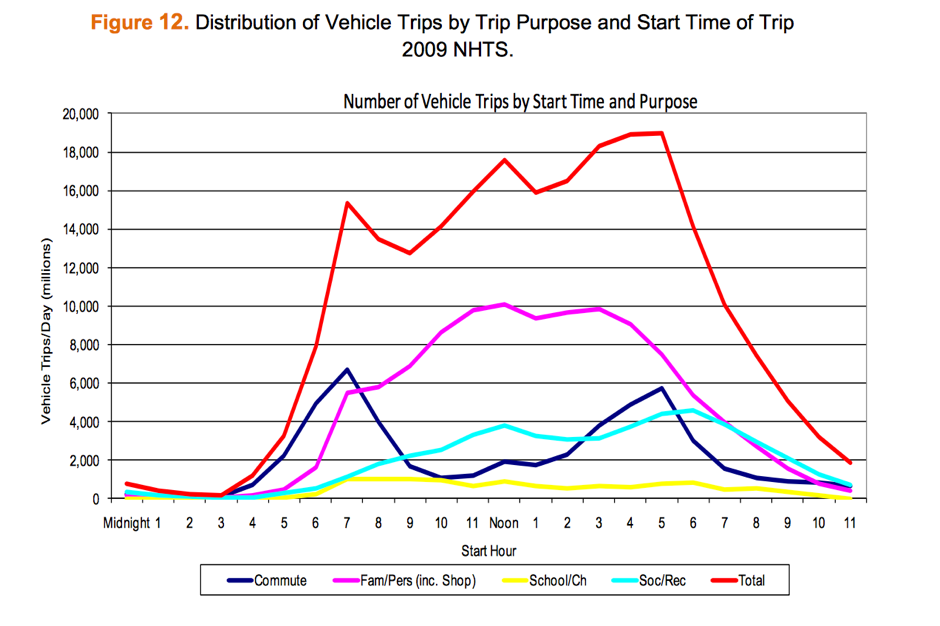I agree that we should move forward aggressively with our current functioning clean energy solutions (solar, wind, batteries, EVs & hydro), and not wait around for better technology. We can and should transition the world to 100% clean energy (requires 2-3x current global electricity supply & all from renewable sources) within 10 years, profitably, while significantly bringing down the cost of energy for consumers. Unfortunately the world is still ignoring the pollution & global warming crisis and the media and politicians are not educating the population that we already have working solutions.
For the EV transition however, even in an extreme best case where Auto ICE OEMs and politicians fully embrace EVs and we get to 140m annual EV production by 2026 (this is possible I think if the huge TCOE advantage of a new EV can massively increase the size of the overall new car market), it will still take another 5-6 years before we have enough EVs to retire the existing ICE fleet.
Nobody knows when we will cross the threshold for L5 cars, largely because we don't know how difficult the problem is and we don't know how capable our algorithms are and what their bottlenecks will be, but also because neural network capability is non linear and can improve from worse than a human amateur to better than the human world champion over just a few days training. I personally think we are most likely to cross the safety threshold for L5 somewhere between 2 and 15 years (any of these years are equally likely in my view), and if it happens sooner rather than later it can meaningfully accelerate the transition to a 100% EV global fleet. Even if it takes a lot longer to get to a safety level for L5 to be legal in US, I think China could act much quicker to legalise and may not require the same safety multiple vs a human driver - China alone can make a large dent in CO2 emissions.
Given how critical the next 10-15 years are before global warming hits feedback loop thresholds and major damage becomes inevitable, anything that can potentially give us an extra edge in the battle is still extremely important to develop.



